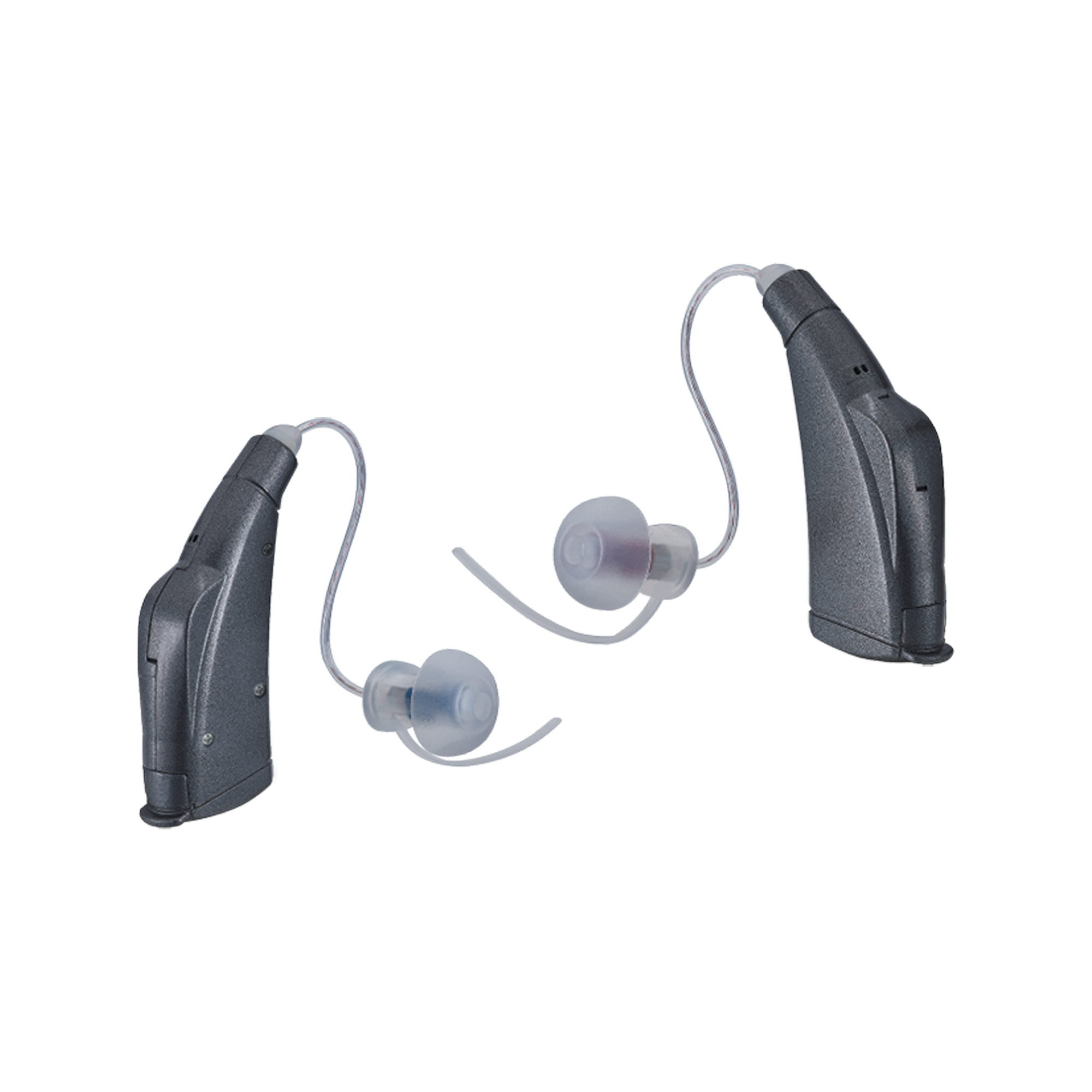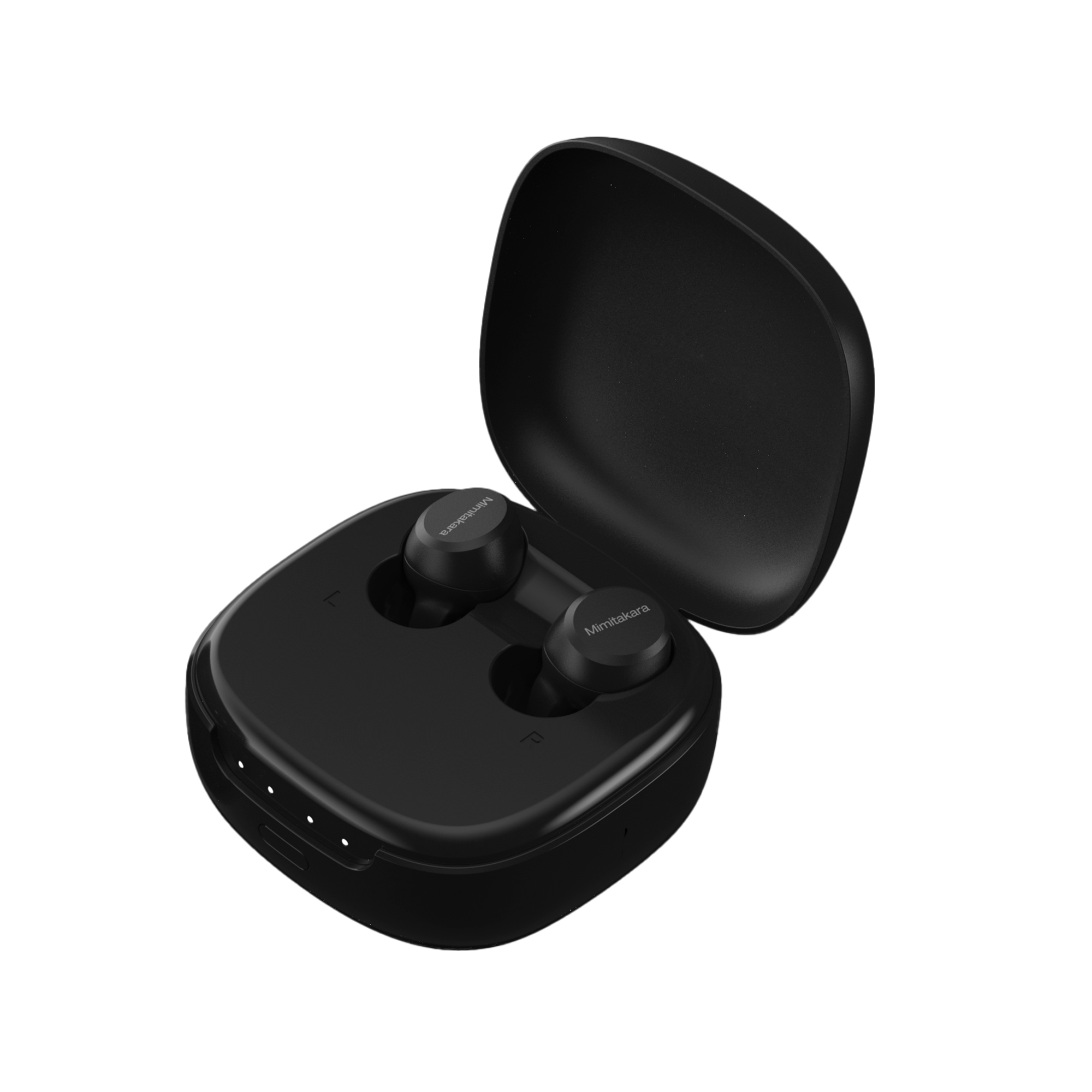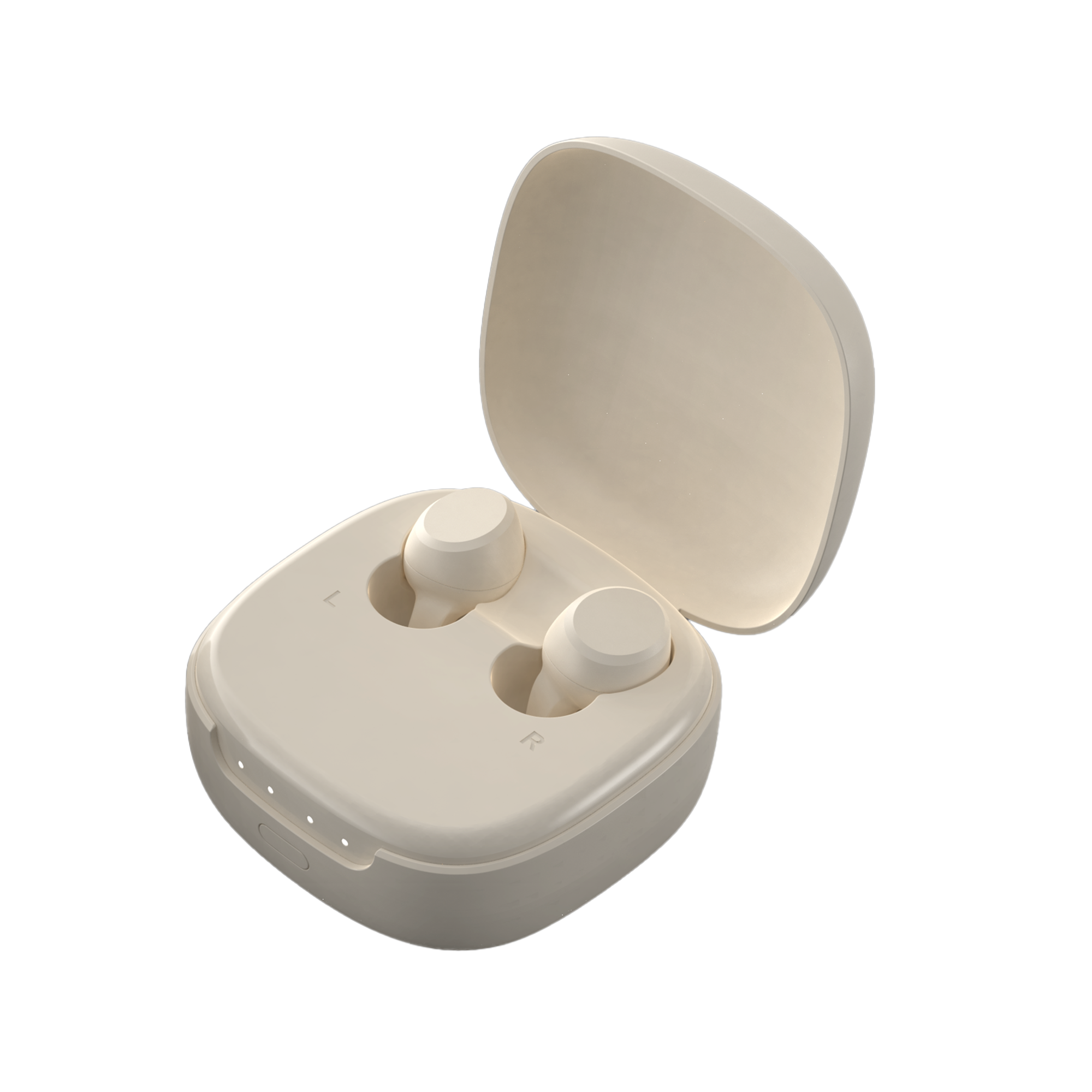Introduction
Hearing loss is a prevalent condition affecting millions of people worldwide. It can occur for various reasons, ranging from natural aging processes to environmental and genetic factors. Understanding the underlying causes of hearing loss is essential for identifying potential treatment options, prevention strategies, and taking proactive measures to protect hearing health.
In this blog post, we’ll explore the root causes of hearing loss, delving into topics such as the decibel dilemma, syndromic vs. non-syndromic hearing loss, and much more. This detailed guide will also include key factors like occupational hazards, the impact of cumulative exposure, and hereditary factors. With a deeper understanding of these causes, individuals can make informed decisions about hearing protection and management.
1. Understanding the Root Cause of Hearing Loss
Hearing loss can be categorized into various types based on its origin and cause. It can result from genetic factors, exposure to loud sounds, age-related changes, or underlying medical conditions. Below, we’ll break down some common causes of hearing loss, explaining their impact on the auditory system.

The Decibel Dilemma: Noise-Induced Hearing Loss
One of the most common causes of hearing loss is noise exposure. Noise-induced hearing loss (NIHL) occurs when an individual is exposed to loud sounds over extended periods. The damage is done to the hair cells in the cochlea, which are responsible for sending electrical signals to the brain. These hair cells cannot regenerate, meaning the damage is often permanent.
Sources of Harmful Noise Exposure:
- Loud music, especially from headphones
- Construction sites and heavy machinery
- Motorcycles, airplanes, and firearms
The risk of noise-induced hearing loss increases when sound levels exceed 85 decibels (dB), particularly when exposure lasts for extended periods.
Syndromic vs. Non-Syndromic Hearing Loss
Hearing loss can be either syndromic or non-syndromic, depending on whether it is associated with other health conditions.
Syndromic Hearing Loss
Syndromic hearing loss is caused by genetic mutations and is associated with other physical conditions. Individuals with syndromic hearing loss may experience additional symptoms beyond hearing loss, such as vision problems, balance issues, or heart abnormalities.
Examples of syndromes that cause hearing loss include:
- Usher Syndrome: Leads to hearing loss and progressive vision impairment.
- Pendred Syndrome: Causes hearing loss and thyroid problems.
Non-Syndromic Hearing Loss
Non-syndromic hearing loss occurs without other associated symptoms. This type of hearing loss is often the result of genetic mutations that specifically affect the auditory system
2. Hereditary Factors and Hearing Loss
The Role of Genetics in Hearing Loss
Hereditary hearing loss is a common cause, accounting for 50-60% of cases in individuals with congenital hearing impairment. In these cases, hearing loss is inherited through genes passed down from one or both parents. Some genetic hearing loss may be present at birth, while others may develop later in life.
Genetic hearing loss can be classified into two types:
- Autosomal Dominant: One copy of the mutated gene is enough to cause hearing loss.
- Autosomal Recessive: Both copies of the mutated gene are needed for the hearing loss to occur.
Prevalence of Hereditary Hearing Loss:
| Type of Inheritance | Prevalence |
| Autosomal Dominant | 20-30% of genetic hearing loss cases |
| Autosomal Recessive | 70-80% of genetic hearing loss cases |
Genetic Testing and Early Intervention
For individuals with a family history of hearing loss, genetic testing can help determine the likelihood of developing hearing impairment. Early diagnosis and the use of hearing aids can prevent social isolation and help mitigate cognitive decline due to hearing loss.
3. Occupational Hazards and Hearing Loss
Noise Exposure at Work
Individuals working in loud environments are at risk of occupational hearing loss. Jobs in industries like construction, manufacturing, and aviation expose workers to high decibel levels, which can cause permanent hearing damage over time.
Occupational Noise Limits:
- 85 dB: Maximum permissible noise exposure for 8 hours a day.
- 100 dB: Maximum exposure time is limited to 15 minutes.
To prevent hearing loss, workers in noisy environments should use protective ear gear, such as earplugs or earmuffs, and take frequent breaks away from noisy machinery.
4. Cumulative Effect: The Impact of Years of Exposure
The Cumulative Effect of Hearing Loss
Hearing loss often occurs gradually due to cumulative exposure to loud sounds over a lifetime. While some individuals may be exposed to high levels of noise early in life, others may accumulate damage from continuous exposure to moderate sounds over many years.
The Cumulative Impact:
- Daily exposure to loud environments, such as city noise, traffic, or music, adds up over time.
- Long-term noise exposure without ear protection can lead to hearing damage, especially in the high-frequency range.
5. Preventing Hearing Loss: Protective Measures
Ear Protection
The best way to prevent hearing loss is to use ear protection. Whether at work, during recreational activities, or in daily life, earplugs or earmuffs can significantly reduce the risk of noise-induced hearing damage.
Regular Hearing Checkups
Regular hearing tests are essential for early detection of hearing loss. Annual checkups with an audiologist can help detect any signs of hearing deterioration, allowing for early intervention with hearing aids.
6. Conclusion
Hearing loss is a complex condition with many causes, ranging from genetic factors to environmental influences. Understanding these causes can help individuals take preventive measures, seek appropriate treatments, and improve their overall hearing health. Hearing aids, such as those offered by Mimitakara, are an effective solution for mitigating the impact of hearing loss, allowing individuals to restore their hearing and improve their quality of life.
FAQ
Q1: What are the leading causes of hearing loss?
The leading causes include age-related hearing loss, noise exposure, genetic factors, and medical conditions such as diabetes or high blood pressure.
Q2: Can hearing loss be prevented?
Yes, by using ear protection in noisy environments, avoiding loud music, and maintaining a healthy lifestyle, you can prevent or minimize hearing loss.
Q3: Are hearing aids effective for all types of hearing loss?
Hearing aids are effective for mild to severe hearing loss. For profound hearing loss, cochlear implants may be more appropriate.










